SNAP Asks Congress to Help Hospitals Keep Provider Relief Fund Grants
Pennsylvania’s safety-net hospitals could lose some or all of their CARES Act Provider Relief Fund grant money and the Safety-Net Association of Pennsylvania is asking members of the state’s congressional delegation to intervene on their behalf to prevent it.
 At issue are financial reporting requirements that at first directed hospitals to estimate their anticipated revenue losses and extra expenses associated with the COVID-19 pandemic in one way and then shifted to a new approach. The first grant distribution was based on the original reporting requirements, and now, hospitals fear that the change in reporting requirements could leave them vulnerable to a demand that they return some, much, or all of that grant money.
At issue are financial reporting requirements that at first directed hospitals to estimate their anticipated revenue losses and extra expenses associated with the COVID-19 pandemic in one way and then shifted to a new approach. The first grant distribution was based on the original reporting requirements, and now, hospitals fear that the change in reporting requirements could leave them vulnerable to a demand that they return some, much, or all of that grant money.
The Department of Health and Human Services announced one set of reporting requirement in June and then proposed modifying them in September. In response to widespread expressions of concern, including from SNAP, HHS revised those proposed changes – but not enough, according to many stakeholders, leaving them concerned that HHS would ask them to return some of their grant money. Now, SNAP is asking the same members of the Pennsylvania congressional delegation who asked HHS to reconsider the reporting requirements to do so again.
See SNAP’s letter to the delegation asking its members to sign onto a bipartisan letter asking HHS to revise its reporting requirements once again. Go here to see the letter members of Congress are being asked to sign.
 The Department of Health announced that beginning on Thursday, December 10, regional drive-through and indoor walk-in COVID-19 testing clinics will be held in Clinton, Delaware, Greene, Warren, and Wyoming counties. Counties with new, temporary state-sponsored testing sites will change each week over the next 11 weeks so that 61 counties will eventually be reached by these pop-up testing sites. Go
The Department of Health announced that beginning on Thursday, December 10, regional drive-through and indoor walk-in COVID-19 testing clinics will be held in Clinton, Delaware, Greene, Warren, and Wyoming counties. Counties with new, temporary state-sponsored testing sites will change each week over the next 11 weeks so that 61 counties will eventually be reached by these pop-up testing sites. Go  To provide a greater number of people with convenient, limited-contact access to flu shots, the Department of State has suspended the age restriction that limits intern-administered flu shots to those ages nine and older. Instead, pharmacy interns may temporarily administer any age-appropriate influenza vaccination to children three years of age and older. Also, to increase access to COVID-19 vaccines as they become available, this waiver authorizes pharmacy interns to administer COVID-19 vaccinations to persons who are at least 18 years of age but only under the direct, immediate, and personal supervision of a licensed pharmacist who holds an active authorization to administer injectable medications. See the
To provide a greater number of people with convenient, limited-contact access to flu shots, the Department of State has suspended the age restriction that limits intern-administered flu shots to those ages nine and older. Instead, pharmacy interns may temporarily administer any age-appropriate influenza vaccination to children three years of age and older. Also, to increase access to COVID-19 vaccines as they become available, this waiver authorizes pharmacy interns to administer COVID-19 vaccinations to persons who are at least 18 years of age but only under the direct, immediate, and personal supervision of a licensed pharmacist who holds an active authorization to administer injectable medications. See the  CMS has posted information about
CMS has posted information about 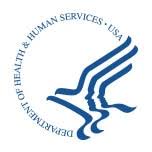 HHS has released new hospital COVID-19 capacity data at the facility level. Previously released data about hospital capacity that had been released was aggregated at the state level but this new, more granular data release aggregates daily hospital reports into a “week at a time” picture while providing a view of how COVID-19 is affecting hospitals and communities. See
HHS has released new hospital COVID-19 capacity data at the facility level. Previously released data about hospital capacity that had been released was aggregated at the state level but this new, more granular data release aggregates daily hospital reports into a “week at a time” picture while providing a view of how COVID-19 is affecting hospitals and communities. See 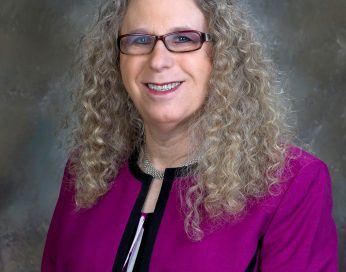
 During a news conference this week, Secretary Levine noted that Pennsylvania is now seeing more COVID-19 “long-haulers”: people who continue to experience COVID-19 symptoms over a period of months.
During a news conference this week, Secretary Levine noted that Pennsylvania is now seeing more COVID-19 “long-haulers”: people who continue to experience COVID-19 symptoms over a period of months. Last week we introduced you to
Last week we introduced you to  Department of Human Services
Department of Human Services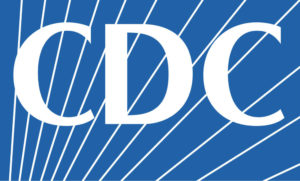 The CDC has updated its interim i
The CDC has updated its interim i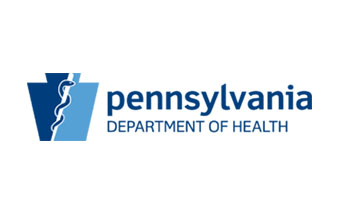
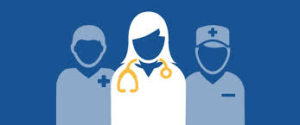 ” Healthcare related expenses attributable to coronavirus may include items such as supplies, equipment, information technology, facilities, employees, and other healthcare related costs/expenses for the calendar year. The classification of items into categories should align with how Provider Relief Fund recipients maintain their records.” [emphasis added]
” Healthcare related expenses attributable to coronavirus may include items such as supplies, equipment, information technology, facilities, employees, and other healthcare related costs/expenses for the calendar year. The classification of items into categories should align with how Provider Relief Fund recipients maintain their records.” [emphasis added]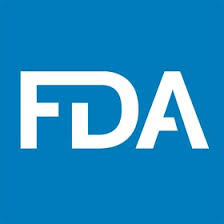 The FDA has updated its
The FDA has updated its 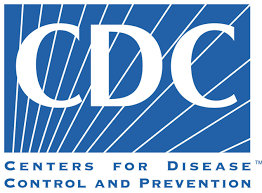 The CDC has updated its
The CDC has updated its 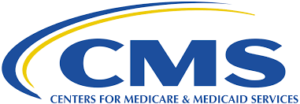 CMS announced that
CMS announced that  CMS has expanded the list of telehealth services that Medicare fee-for-service will pay for during the COVID-19 public health emergency, adding 11 new services to the Medicare telehealth services list. Medicare will begin paying for these services immediately and for the duration of the COVID-19 emergency. These new telehealth services include certain neurostimulator analysis and programming services and cardiac and pulmonary rehabilitation services. Go
CMS has expanded the list of telehealth services that Medicare fee-for-service will pay for during the COVID-19 public health emergency, adding 11 new services to the Medicare telehealth services list. Medicare will begin paying for these services immediately and for the duration of the COVID-19 emergency. These new telehealth services include certain neurostimulator analysis and programming services and cardiac and pulmonary rehabilitation services. Go 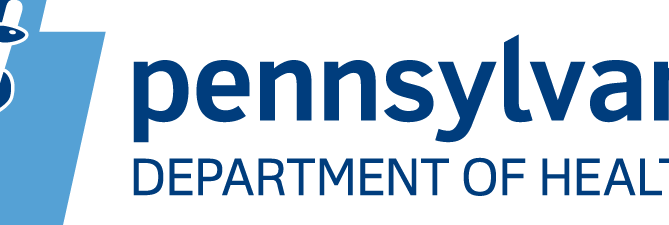
 Provider Relief Fund
Provider Relief Fund